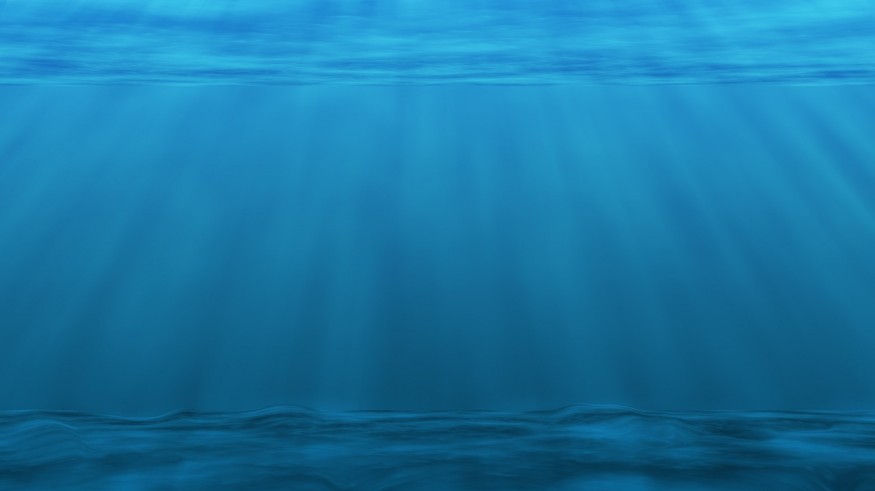This historic dive aims to map the deepest spot on Earth. Dawn Wright, an expert in ocean mapping, is the first Black person to go to Challenger Deep.

Deep-Sea Mapping
One of the world's least understood areas in the deep ocean. Only around 20% of the ocean floor has been accurately mapped using contemporary techniques. This includes Challenger Deep, the deepest known location on Earth at about 11,000 meters below sea level, which is located in the Mariana Trench close to Guam.
Only 23 persons have ventured into this region since 1960 because it is so difficult to access. The first Black person to visit was Dawn Wright, a marine geologist and top scientist of Redlands, California-based Esri, a mapping software business, on July 12. Victor Vescovo, an explorer and the creator of the ocean research company Caladan Oceanic in Dallas, Texas, operated the submersible Limiting Factor. At the same time, Wright participated in a two-person dive on board.
Historical Mission
Wright talked to Nature before setting sail about the historic dive and the importance of charting the ocean's depths.
When visitors have the opportunity to enter Challenger Deep, they head to the eastern pool, where records for the ocean's absolute depth are set. The center and western pools are two more depressions, though. They want to create a detailed map of those areas using the submersible, which has never been done before.
Other dives have produced color-coded contour maps, like those you may use when hiking. To create the equivalent of an aerial snapshot is what they aim to achieve. That map will now seem differently. Instead of showing you the precise depths, it will be a sequence of grey tones that will reveal the structure of the bottom.
They are putting a new side-scan sonar to the test. It was recently used to find the USS Samuel B. Roberts, a Second World War ship, the deepest shipwreck known to man. This specific device has never been used below 6,000 meters, so it's somewhat of an experiment.
Nervous Anticipation

The first four hours, therefore, go downhill. The recovery process will then take an additional four hours. The critical part is the four hours in between when the team will perform its tasks. Any mapping involves 'mowing the lawn,' so to speak, walking back and forth until the entire area has been mapped.
We must be able to see through the water, which is the key. Other planets can be mapped more easily. These sensors work with electromagnetic radiation, easily transported through the atmosphere and into space. It is not nearly as effective when you try to shoot the same energy through water. Thus, the crew must travel to the sea to employ sound energy as a substitute. No satellite orbiting Earth can provide specialists with the same coverage for mapping large areas of the world using acoustic sensing.
Compared to Other Dives
Other dives have strongly focused on biology and for a good cause. It has resulted in the discovery of new species, such as the arthropod species known as Eurthenes plasticus, which was given that name because it contains microplastics-a sort of pollution created by humans-in its tissue. It's the first identified animal whose biology includes plastic, striking Wright as particularly unfortunate.
Challenger Deep serves as a warning. Every component of the planetary system will eventually be impacted by what humans do on land and to our atmosphere. The ocean also provides us with benefits, absorbing 25% of our carbon dioxide emissions and 90% of the heat we produce. We are buying time against climate change thanks to the ocean.
Understanding the Deep
We won't truly grasp the dispersion of heat in the seas until we comprehend the 'bathtub' that contains the water, which is one of the reasons why charting the ocean floor is important. Our everyday weather and long-term climate are eventually produced by heat moving across the seas.
The most hazardous location on Earth is the deepest ocean. The pressure is more than 1,080 atmospheres or 16,000 pounds per square inch. It's quite cold outside and entirely dark. An implosion will kill a human in a millisecond if something goes wrong with the submersible.
Are They Afraid?
Thus, it begs the frequently posed question, are they afraid? Wright responds negatively. She trusted this technology and Victor's ability to use it.
For similar news, don't forget to follow Nature World News!
© 2025 NatureWorldNews.com All rights reserved. Do not reproduce without permission.





